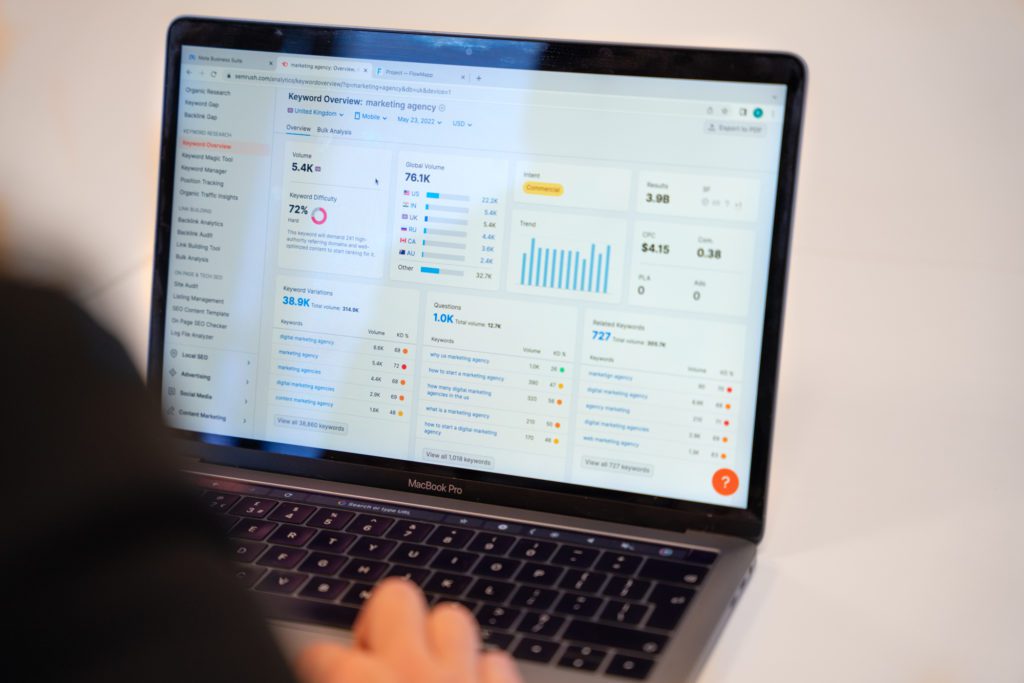Green Strategies for Reducing Your Digital Carbon Footprint

The digital age, while a catalyst for innovation and growth, has an undeniable environmental impact. The energy consumed by data centres, the carbon emissions generated by device manufacturing, and the electricity used by billions of connected devices contribute significantly to climate change. Recognising this, businesses are increasingly turning their attention to reducing their digital carbon footprint.
A digital carbon footprint audit offers a comprehensive assessment of a business’s online environmental impact. By examining website performance, data usage, content strategy, and digital infrastructure, companies can identify areas for improvement. This assessment is the first step towards a more sustainable digital footprint.
Green Storage and Hosting
Data is the lifeblood of modern businesses, but it also comes with an environmental cost. By implementing effective data management strategies, businesses can reduce their storage requirements and energy consumption. Regularly backing up data is essential, but retaining outdated files unnecessarily increases your digital footprint. Consider using cloud storage providers that offer energy-efficient data centres and data deletion policies.
The choice of hosting provider can also significantly impact a business’s environmental footprint. Opting for green hosting providers that utilise renewable energy sources is a crucial step towards sustainability. Additionally, businesses should assess the energy efficiency of their hardware and software, including servers, computers, and mobile devices.
Sustainable Content Creation
The content you create also contributes to your digital carbon footprint. Producing high-quality, relevant content is essential, but it’s equally important to consider the environmental impact of content creation. By minimising the use of resource-intensive media, such as high-resolution images and videos, businesses can reduce their carbon footprint.
Content repurposing is a powerful tool for reducing the environmental impact of content creation. Repurposing existing content into different formats, such as blog posts, social media posts, or videos, can extend its reach without the need for new content production. This approach not only saves time and resources but also helps to maintain a consistent brand message and content strategy.

Measuring and Optimising
Website performance is a critical factor in determining a website’s environmental impact. By optimising image formats, minimising video file sizes, and streamlining code, businesses can significantly reduce the amount of data transferred, leading to lower energy consumption. Implementing a content delivery network (CDN) can also help to reduce loading times and improve user experience.
To track progress and identify areas for improvement, businesses should regularly measure their digital carbon footprint. This involves collecting data on energy consumption, website performance, and data storage. By establishing baseline measurements, businesses can track their progress over time and identify opportunities for further reduction.
Engaging Customers and Building a Sustainable Brand
Beyond internal efforts, businesses can also engage customers in their sustainability initiatives. By educating consumers about the environmental impact of digital activities, businesses can encourage them to adopt more sustainable online behaviours. Additionally, highlighting the company’s commitment to sustainability in marketing materials can enhance brand reputation and attract environmentally conscious customers.
Reducing a digital carbon footprint requires a holistic approach that involves collaboration across departments and a commitment to continuous improvement. By implementing these strategies, businesses can not only contribute to a healthier planet but also gain a competitive advantage in the growing market for sustainable products and services.
Are you interested in how you can apply clever digital strategies to be more sustainable in the future? Great news, we are too – reach out to us to speak about having a greener website and check what your digital footprint is today.

